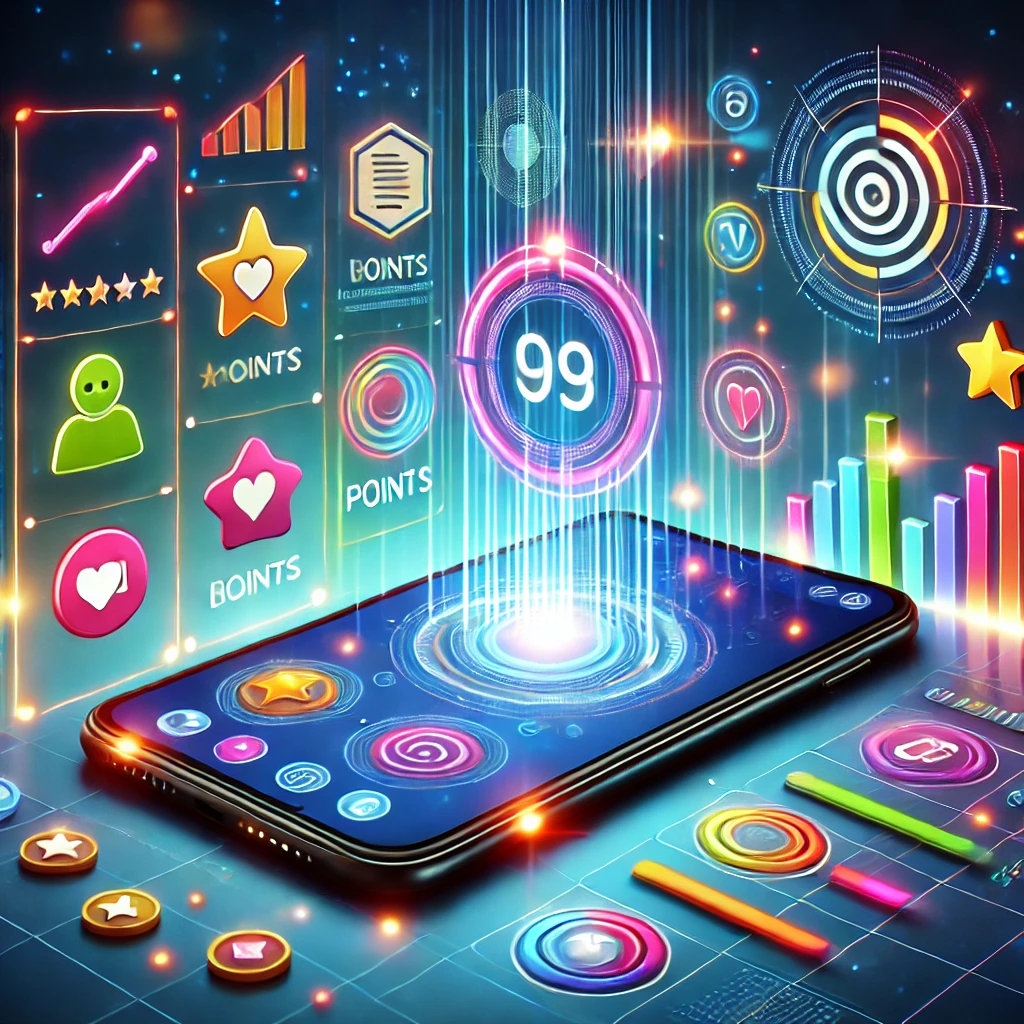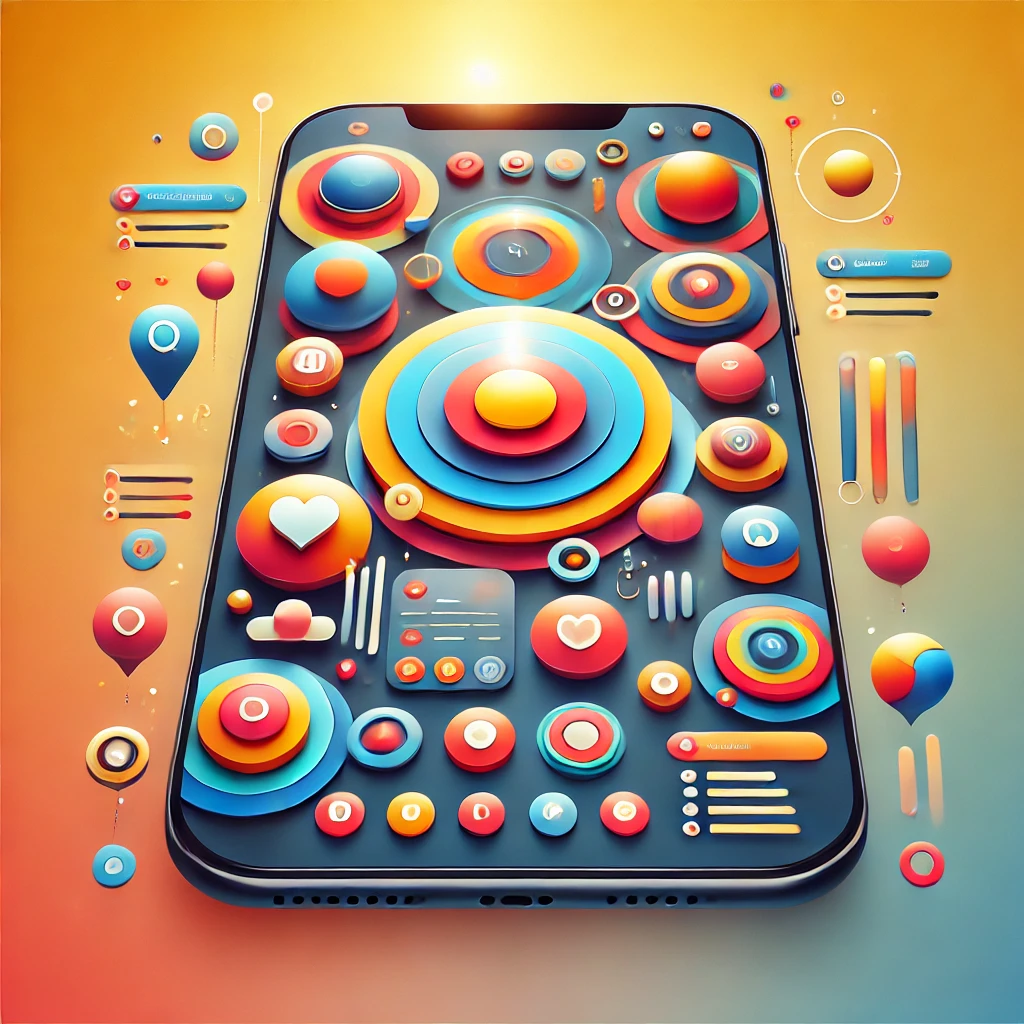
Words and Phrases That Kill Sales: How to Avoid Common Manager Mistakes
Learn about harmful phrases that can derail sales and discover strategies to transform your sales conversations for better results...
Dec 4, 2024

In today’s app market, where competition is fierce and user expectations are higher than ever, keeping users engaged is a constant challenge. While sleek designs and seamless performance are crucial, one element stands out in its ability to captivate users and drive retention: gamification.
Gamification—the use of game design elements in non-gaming contexts—has proven to be a powerful tool for transforming mundane tasks into enjoyable experiences. From fitness to education and even e-commerce, apps across industries are leveraging gamification to keep users coming back.
This article explores the principles of gamification, shares successful examples, and offers actionable strategies to integrate gamification into your mobile app.
Gamification taps into basic human psychology, motivating users by appealing to their innate desire for achievement, competition, and reward. Here’s why it’s so effective:
Gamification makes interactions fun and rewarding, encouraging users to spend more time in the app.
Example: Duolingo’s streaks and XP system motivate users to complete lessons daily, transforming language learning into an addictive game.
By incorporating game-like rewards, apps can create a sense of routine, turning occasional users into loyal customers.
Example: Fitness apps like Fitbit use daily step goals and badges to foster healthy habits.
Users are more likely to return to an app that offers consistent rewards and progression.
Example: Starbucks’ Rewards app incentivizes repeat purchases with points and free items, keeping users loyal to the brand.
Leaderboards, challenges, and multiplayer features encourage users to compete and collaborate, building a sense of community.
Example: Strava’s competitive segments and social sharing features connect fitness enthusiasts worldwide.
Ready to gamify your app? Explore PosterumSoft’s mobile app development services.
Integrating gamification effectively requires understanding its core components. Here are the building blocks:
Rewards motivate users to take specific actions. These can include points, badges, discounts, or in-app currency.
Pro Tip: Tie rewards to meaningful milestones, ensuring they feel valuable and relevant.
Progress bars, levels, and streaks create a sense of achievement and motivate users to reach the next stage.
Example: LinkedIn’s profile completion bar encourages users to add more details to their profile, enhancing engagement while benefiting the platform.
Giving users specific tasks to complete keeps them engaged and adds variety to the experience.
Example: Habitica turns productivity into an RPG, where users earn rewards for completing real-life tasks.
Features like leaderboards, challenges, and sharing options foster a sense of community and competition.
Example: Kahoot! uses gamified quizzes to create a collaborative learning environment, engaging users both individually and in groups.
While gamification is powerful, it’s essential to apply it thoughtfully to avoid overwhelming or frustrating users. Here’s how to get it right:
Start with a single gamification element, such as badges or progress bars, and expand as needed.
Ensure the gamified features align with your app’s purpose and resonate with your target audience.
Let users know how they’re progressing and what they’ve achieved with clear, immediate feedback.
Use A/B testing to identify which features users enjoy most and continuously refine the experience.
Want expert guidance? Learn more about PosterumSoft’s mobile app design services.
Duolingo’s gamification elements—streaks, XP, and leaderboards—make language learning engaging and competitive, driving retention and user satisfaction.
Nike’s app combines personalized coaching with leaderboards and rewards, motivating users to stay active and achieve their fitness goals.
Starbucks uses a point-based rewards system to incentivize repeat purchases, fostering loyalty and increasing in-app engagement.
Gamification isn’t just a trend—it’s a proven strategy for boosting engagement, driving retention, and enhancing user satisfaction. By leveraging the psychology of rewards, progression, and social connection, businesses can create apps that users love and return to time and again.
Investing in gamification features can transform your app into a compelling experience that keeps users engaged, helps achieve business goals, and strengthens your brand.
Ready to build an app that captivates users? Partner with PosterumSoft to design engaging mobile experiences.

Learn about harmful phrases that can derail sales and discover strategies to transform your sales conversations for better results...

Explore how thoughtful design drives user engagement in mobile apps, creating emotional connections and fostering long-term loyalty...